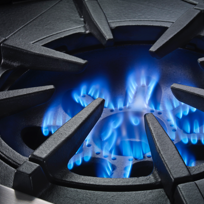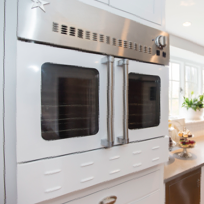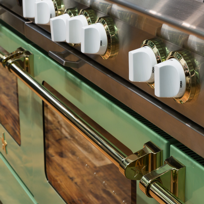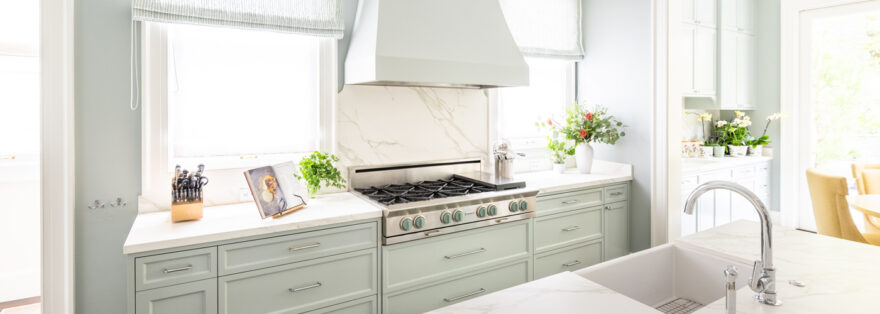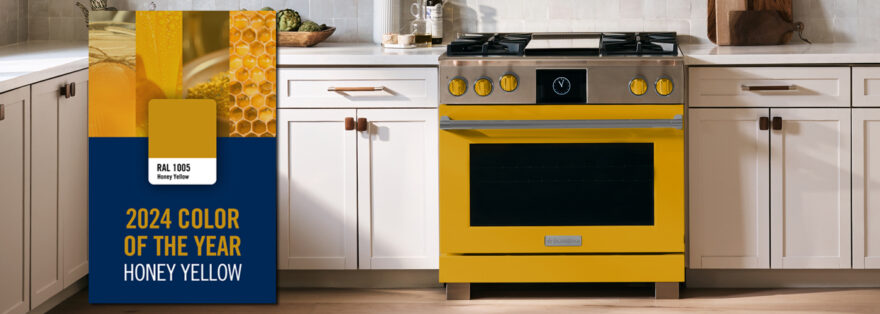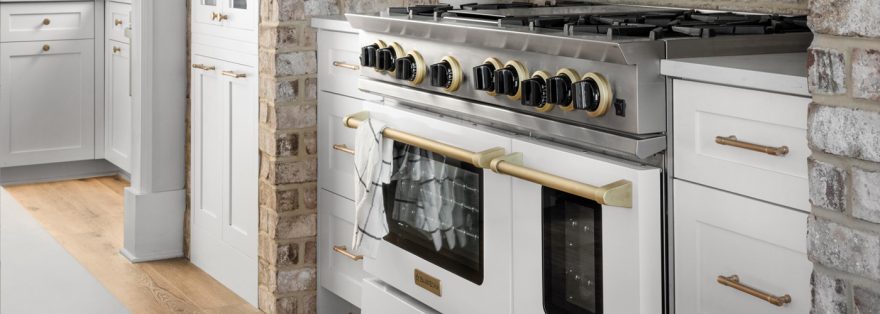Chef Leo Spizzirri is a man of a phenomenal energy and charisma, and what keeps him motivated is something most of us enjoy: pizza ? He talks fast, his hand gestures are broad, and his eyes light up whenever he shares stories from his past as a pizzaiolo certified by the International School of Pizza or as a consultant for some of America’s largest pizza manufacturers. What he’s most passionate about, however, is his current job as a pizza instructor at the North American Pizza and Culinary Academy (NAPCA) in Lisle. Do you ever think about what goes on inside your pizza? About the chemical reactions among the ingredients? About the stress level applied to the dough? If you’d like to find out more about the science of pizza, meeting Chef Spizzirri is a must. Believe me: you will not be disappointed.
I met Chef/instructor Spizzirri when I attended the BlueStar pizza class held at NAPCA, which Chef Spizzirri manages along with his business partners, Chefs Anthony Iannone and Renee Gabbett. This is a full review of my experience – and what an experience that was! For a start, the room where the class took place was a thing of unabashed beauty and class. The functional kitchen, which can accommodate up to 65 people, looked more like a fully-fledged cooking theater, and featured state-of-the-art BlueStar appliances, stainless steel utensils and quartz countertops. The space was well lit and clean without appearing cold and impersonal. My friend Marina and I were definitely in for a treat!

NAPCA has everything a pizza aficionado would hope to find in an educational space: “a “dough room” with four commercial dough mixers which apply different stress levels to the dough, and with settings which can replicate temperature&humidity conditions in different parts of the world…

… seven pizza ovens from different manufacturers and of different generations and technologies…

…a professional kitchen…

… and, of course, the cooking theater where our pizza class took place.

What can one learn about pizza in just a couple of hours? Answer: a lot! Here are the main ideas I took out of this event:
- The liquid-to-solid ratio is very important when creating the pizza dough. Chef Spizzirri usually goes for a 60-to-40 water-to-flour ratio, but there are chefs who go as far as 80-to-20
- Building various layers within the dough can be achieved by the step-by-step addition of ingredients and by the incorporation of air during kneading
- Olive oil makes the dough soft, so don’t be shy to use it!
- Sugar will make the pizza crust brown and deliciously crispy

- “00” flour absorbs water very well and is the best option for pizza dough. The resulting dough is silky, airy, and fairly easy to work with
- Use kosher or sea salt – and forget about table salt!
- Once the dough is ready, refrigerate it for at least 24 hours. Also, leave it on the counter for 1-2 hours prior to baking
- A dough with a temperature between 55-65F is perfect for rolling

Pizza theory was followed by pizza practice. After all, the proof is in the pizza, right? ?

I really didn’t have any favorites – all of the pies had quality ingredients which worked well together, creating fresh layers of flavors that kept me coming back for more. Having heard Chef Spizzirri talk so much about good quality dough, I was looking forward to tasting the crust in particular. All the effort from Chef Spizzirri and his team had clearly not been in vain, and their labor of love had fostered an astounding sensory experience. The crust was chewy on the inside and crispy on the outside, with a crunchy cornicione and a firm center – the perfect vehicle to hold various toppings. The more, the merrier (for me, anyway)!

Speaking of toppings, as a result of attending this cooking class I have developed an appreciation of ricotta as a pizza topping. With its mellow taste and creamy texture, ricotta seems like a great fit for pizza, on a par with mozzarella and parmesan. Chef Spizzirri had advised us to add ricotta at the very end, after taking the pizza out of the oven, and that’s what I plan to do from now on.

There were several pies that had ricotta on top, and that made me very happy ?

We finished the night with homemade ice cream sandwiches. What a fitting baked finale!

I left the BlueStar pizza class a changed person and foodie. Never before had I pondered over pizza dough formulae, environmental factors or stress levels. Still, while listening to Chef Spizzirri talk, all of it made remarkable sense. What is certain is that it was a transformative experience from which I learned a lot, and that I will never make pizza the same way again. I will keep Chef Spizzirri’s tips and tricks in mind – and I will always add ricotta on top, just because it tastes so dang good on a pie ?

*Disclaimer: While I received a complimentary tasting to facilitate this review, all opinions expressed here are my own.




